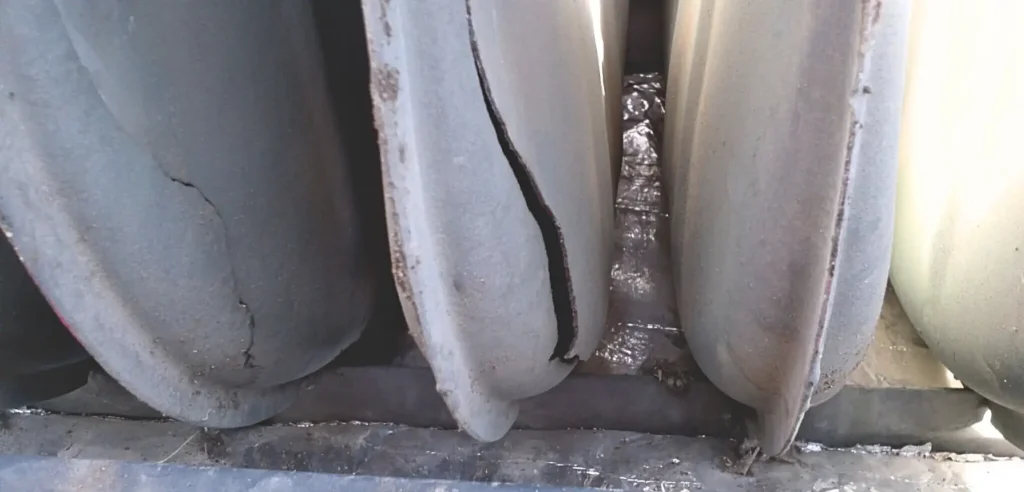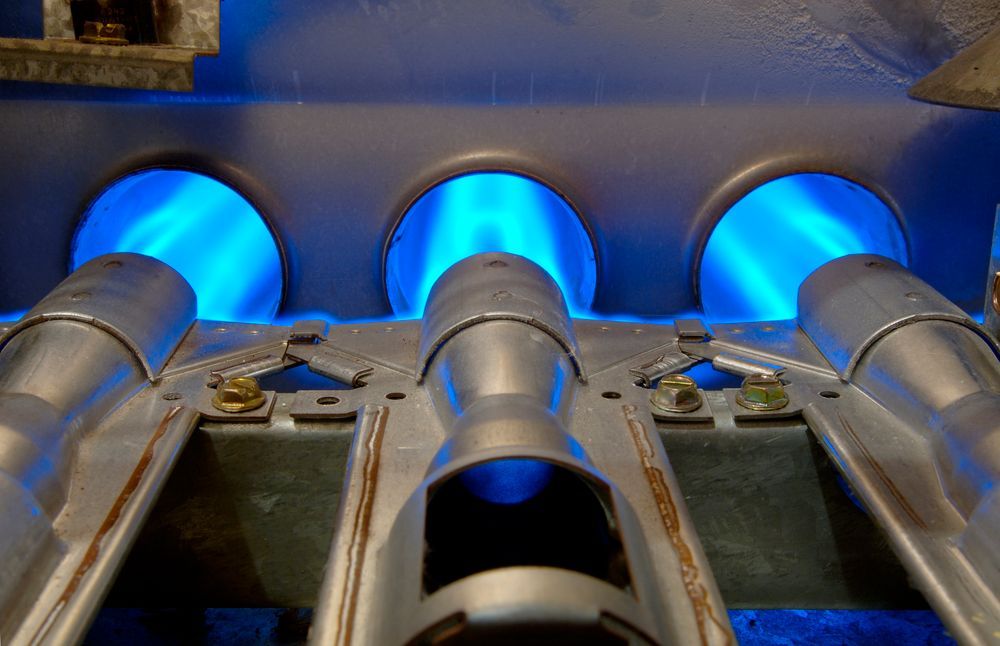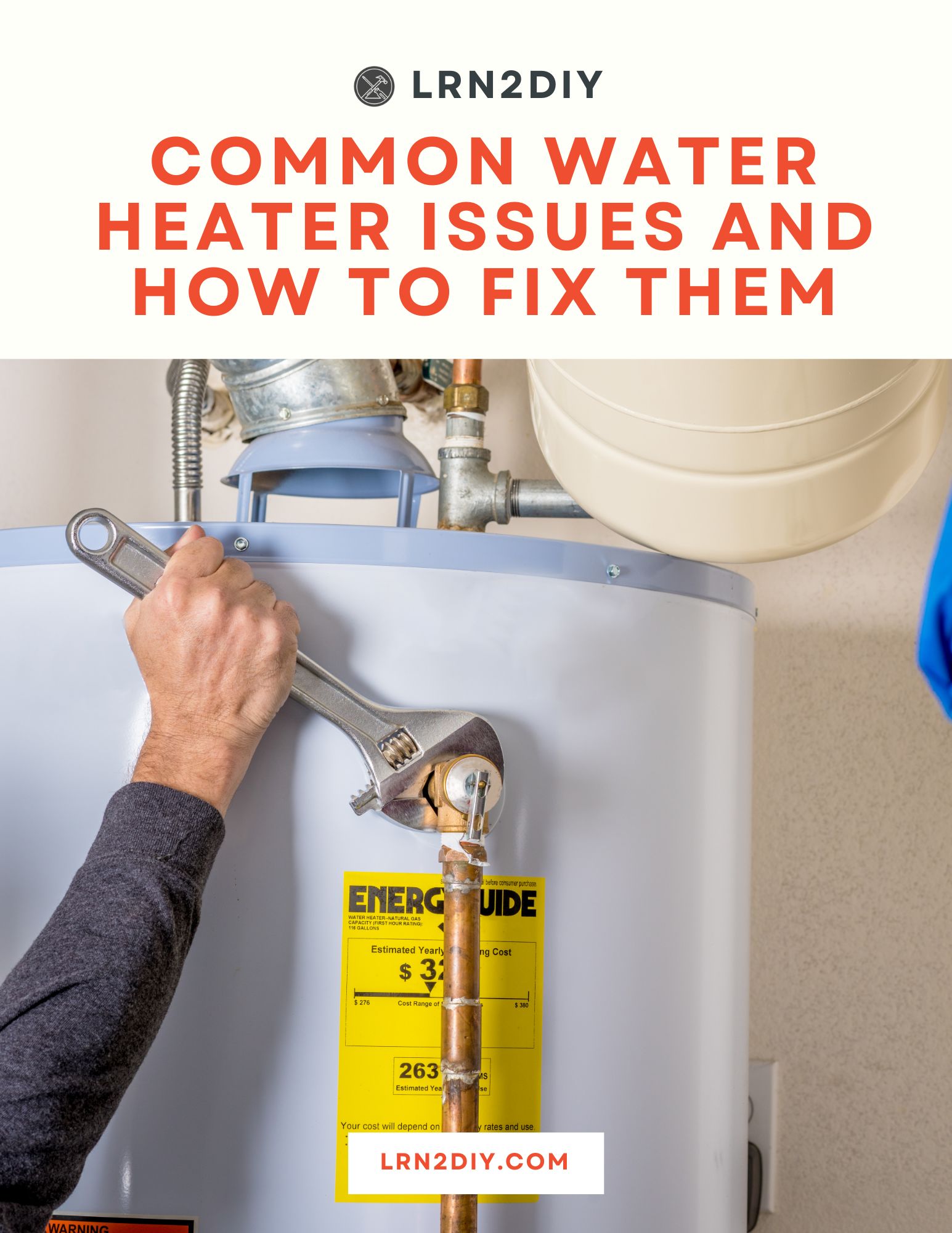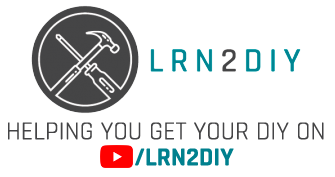DOWNLOAD THE FREE WATER HEATER TROUBLESHOOTING GUIDE HERE!
Home repairs are a necessary part of homeownership, but unfortunately, not all service professionals operate with integrity. While many honest tradespeople work hard to serve their customers, there are some unscrupulous individuals who prey on homeowners’ lack of technical knowledge to make a quick buck.
In this post, we’ll cover three common home repair scams that could cost you thousands of dollars if you’re not careful. We’ll also share how you can check for these issues yourself and provide three tips to help you avoid falling victim to fraudsters.
1. The HVAC Heat Exchanger Scam

One of the most devious scams in the heating and cooling industry involves the heat exchanger in your furnace. Here’s how it works:
A technician comes to your home for a routine inspection and claims that your heat exchanger is cracked, which could lead to dangerous carbon monoxide leaks. To make matters worse, they may even show you a picture of a cracked heat exchanger—but there’s a catch: it’s not yours. They’ve pulled up a picture or video from the internet and make you believe it’s yours, since you probably don’t even know what a heat exchanger is in the first place.
In some cases, dishonest technicians will even turn off your furnace and insist that it cannot be turned back on until it’s replaced, quoting an outrageous price for a new system.
How to Spot and Avoid This Scam
- Check your carbon monoxide detectors. If there’s a real problem, these should alert you.
- Conduct a simple flame test. Set your thermostat to “fan only,” light a long match or lighter, and hold it inside the heat exchanger tubes. If the flame flickers or blows out, there might be a crack. If it remains steady, your heat exchanger is likely intact.

- Look at the flame color. A stable blue flame is normal; an orange or yellow flame may indicate a problem.

- Demand proof. If a technician claims there’s a crack, ask them to show it to you on your actual furnace—not just in a picture.
- Get a second opinion. A reputable professional will have no problem with you seeking confirmation.
2. The AC “Recharge” Scam
When an air conditioner isn’t cooling properly, it’s often due to a refrigerant leak. However, some technicians may take advantage of this situation by claiming your AC simply needs to be “recharged.”
The problem? Recharging an AC is not a real solution. If there’s a refrigerant leak, simply adding more refrigerant without fixing the leak is like putting air in a tire with a hole—it will just leak out again. You’ll be charged for the refrigerant itself, and for labor fees on top of that. This is just delaying the inevitable- the leak needs to be repaired.
How to Spot and Avoid This Scam
- Know the warning signs. If a technician tells you your AC needs a “recharge,” be suspicious.
- Check for leaks yourself. Use a bubble solution on suspected leak points. If bubbles form, there’s a leak.

- Invest in a refrigerant leak detector. (aff. link) These devices can detect leaks and confirm whether repairs are needed.

- Ask for a proper diagnosis. A legitimate technician should identify the leak and repair it rather than just “recharging” your unit.
3. The Water Heater Replacement Scam
If your home suddenly loses hot water, you’ll want it fixed quickly. Scammers take advantage of this urgency by claiming your water heater is beyond repair—even if the problem is something minor like a tripped circuit breaker or a blown fuse.
There are many, many potential issues a water heater could be having, and many of those are minor.
I have a FREE downloadable Water Heater Troubleshooting Guide that you can print out and tape to your water heater in the event that you have some issues. This will help educate you to either know how to fix the problem yourself, or to call a professional.

How to Spot and Avoid This Scam
- Check the basics. If you have an electric water heater, verify that the breaker hasn’t tripped. For gas water heaters, check if the pilot light is out.
- Look for leaks. A leak doesn’t always mean replacement is necessary—sometimes, a connection just needs to be tightened.
- Educate yourself. Keep a troubleshooting guide handy to help diagnose common water heater issues before calling a technician.
- Seek multiple opinions. If a technician insists on replacing your unit without exploring repairs, get another opinion.
3 Essential Tips to Avoid Home Repair Scams
- Ask for referrals. Rely on recommendations from family and friends who have had positive experiences with home repair professionals.
- Always get multiple opinions. A trustworthy contractor won’t mind if you seek confirmation before committing to an expensive repair or replacement.
- Learn basic troubleshooting. Even if you’re not handy, knowing how to check simple things like circuit breakers, pilot lights, or refrigerant leaks can save you from unnecessary expenses.
Home repair scams are designed to take advantage of homeowners who don’t know what to look for. By staying informed and following these tips, you can protect yourself from unnecessary costs and ensure you’re only paying for repairs you actually need.
Have you ever encountered a home repair scam? Share your experience in the comments below!
